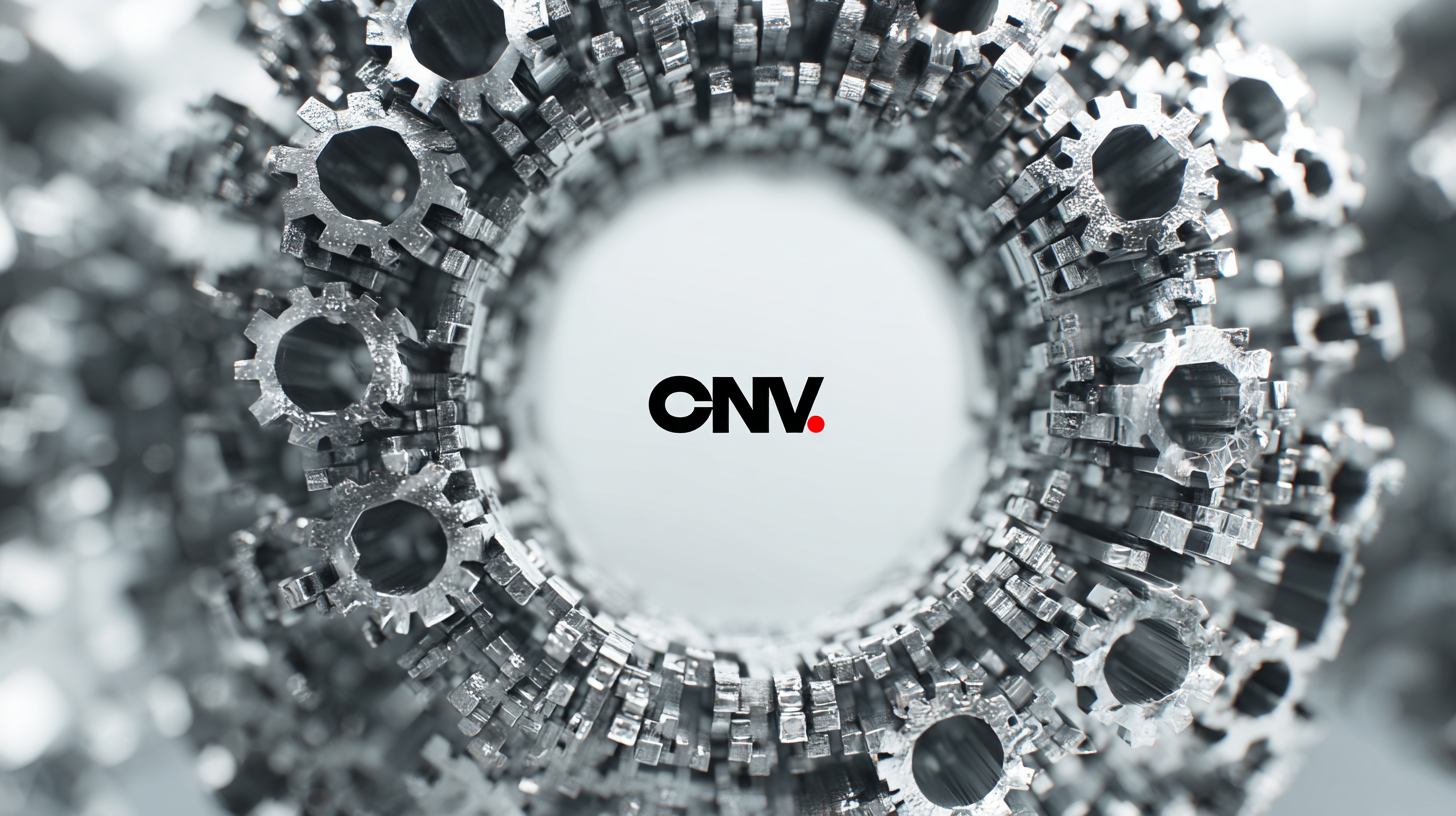 +86 180 0293 5268
+86 180 0293 5268






In the rapidly evolving landscape of manufacturing, CNC machined parts are set to play a pivotal role in the technological advancements of 2025 and beyond. As industries lean towards automation and precision, reports indicate that the global CNC machining market is projected to reach $100 billion by 2025, driven by rising demand for high-quality custom components across various sectors, including aerospace, automotive, and medical devices. The inherent benefits of CNC machined parts—such as their ability to achieve intricate designs with high precision, reduced production times, and cost-effectiveness—underscore their significance in meeting the stringent demands of modern applications. As we navigate the future of manufacturing technology, understanding these advantages will be crucial for businesses aiming to maintain a competitive edge in an increasingly complex market.

The integration of 5G technology is set to revolutionize the CNC machining industry by enhancing operational efficiency in unprecedented ways. With its ultra-reliable low-latency communication capabilities, 5G allows for real-time data exchange between machines and operators. This will enable manufacturers to monitor processes closely and respond swiftly to any variations, reducing downtime and optimizing productivity. The advent of 5G also paves the way for the implementation of advanced technologies like the Internet of Things (IoT), which can facilitate smart manufacturing ecosystems, where machines are interconnected and capable of autonomous operation.
Reconfigurable Manufacturing Systems (RMS) will particularly benefit from 5G connectivity as they adapt more dynamically to changing production needs. The ability to reconfigure machines quickly based on real-time demand data will lead to a more streamlined workflow and reduced lead times. As manufacturers seek to enhance their competitive edge in 2025, leveraging 5G technology will be crucial for achieving the agility and flexibility required in a rapidly evolving marketplace. The combination of these technologies promises not only to improve CNC machining efficiency but also to redefine the entire manufacturing landscape.
As we look towards 2025, the landscape of CNC machined parts is poised for transformation, largely driven by the advent of emerging materials. Innovative materials such as advanced polymers, titanium alloys, and carbon-fiber composites are set to change the game. These materials not only offer superior strength-to-weight ratios but also enhance durability and resistance to corrosion, making them ideal for a variety of industrial applications. Manufacturers adopting these new materials can achieve greater precision and efficiency in their machining processes.
**Tip 1:** When selecting materials for CNC machined parts, consider the specific application requirements. For instance, if weight reduction is a priority, carbon-fiber composites may be the best choice. If high-temperature resistance is crucial, explore the latest titanium alloys available on the market.
Moreover, the integration of smart manufacturing technologies alongside these new materials will enable companies to optimize production processes significantly. Additive manufacturing and digital twins are now becoming essential tools that allow for real-time monitoring and adjustments, enhancing productivity and reducing waste.
**Tip 2:** Stay updated with new material innovations and machining technologies to remain competitive. Engaging with material science communities and participating in industry seminars can provide valuable insights and keep your knowledge current in this fast-evolving field.
| Material Type | Properties | Applications | Future Trends |
|---|---|---|---|
| Aluminum Alloys | Lightweight, corrosion-resistant | Aerospace, automotive | Increased use in electric vehicles |
| Titanium Alloys | High strength-to-weight ratio | Medical implants, aerospace components | Growing demand for biocompatibility |
| Carbon-Composites | High stiffness, low weight | Sports equipment, aerospace | Innovation in sustainable materials |
| High-Performance Plastics | Chemical resistance, thermal stability | Electronics, automotive | Advancements in additive manufacturing |
| Steel Alloys | Durability, versatility | Construction, machining | Focus on lightweight solutions |
Artificial Intelligence and Machine Learning are set to transform the landscape of CNC machining processes by 2025, bringing unprecedented efficiencies and precision to manufacturing. As these technologies advance, they enable machines to learn from data and improve their performance over time. This self-optimizing capability means CNC machines can adapt to varying production conditions, predict equipment failures, and adjust parameters in real-time, drastically reducing downtime and waste.
Moreover, the integration of AI and Machine Learning in CNC machining will allow for more sophisticated designs and complex geometries that were previously unattainable. By analyzing vast datasets, machines can identify the best cutting speeds, tool paths, and materials to use, ensuring high-quality outputs and minimizing errors. This shift not only enhances productivity but also opens new avenues for innovation, allowing manufacturers to create tailored solutions that meet specific customer demands in the rapidly evolving market. As we look towards 2025, the synergy between CNC machining and intelligent technologies promises to redefine manufacturing excellence.
As we look towards the future of CNC machining in 2025, the emphasis on sustainability becomes increasingly paramount. The manufacturing sector is a significant contributor to global greenhouse gas emissions, prompting a push for practices that align with environmental standards. The integration of sustainable methods in CNC machining can not only reduce emissions but also promote a circular economy. This shift requires re-evaluating production processes to minimize waste and increase energy efficiency.

The integration of the Internet of Things (IoT) into CNC machining operations is paving the way for a new era of manufacturing efficiency and monitoring capabilities. As industries strive for higher precision and productivity, the ability to leverage real-time data from CNC machines offers significant advantages. IoT-enabled devices can facilitate remote monitoring and data analysis, allowing manufacturers to optimize their workflow, reduce downtime, and enhance quality control processes. This shift not only improves operational efficiency but also contributes to substantial cost savings and resource management.
With the CNC cutting machines market projected to reach impressive figures by 2032, the demand for smart, connected solutions is more critical than ever. By adopting IoT technologies, manufacturers can achieve greater automation and streamline their operations, responding to market demands swiftly and effectively. The ongoing transformation in this sector emphasizes the significance of utilizing data-driven insights, effectively merging traditional manufacturing processes with cutting-edge technology to create smarter, more resilient industrial landscapes.

